ĐÁNH GIÁ ĐỘ CHÍNH XÁC CỦA ĐIỀU DƯỠNG VÀ CÁC YẾU TỐ LIÊN QUAN KHI ỨNG DỤNG CÔNG CỤ I-DECIDED TRONG CHĂM SÓC ỐNG THÔNG TĨNH MẠCH NGOẠI VI TẠI BỆNH VIỆN ĐẠI HỌC Y DƯỢC THÀNH PHỐ HỒ CHÍ MINH - CƠ SỞ 2
Nội dung chính của bài viết
Tóm tắt
Mục tiêu: Đánh giá mức độ chính xác của Điều dưỡng và các yếu tố liên quan trong đánh giá, theo dõi và ra quyết định ống thông tĩnh mạch ngoại vi với công cụ I-DECIDED tại Bệnh viện Đại học Y Dược Thành phố Hồ Chí Minh - Cơ sở 2. Phương pháp: Nghiên cứu mô tả cắt ngang quan sát trên toàn bộ 58 điều dưỡng viên trực tiếp làm công tác chăm sóc người bệnh có ống thông tĩnh mạch ngoại vi và có sử dụng công cụ I-DECIDED để đánh giá, ra quyết định tại 5 khoa lâm sàng tại bệnh viện. Kết quả: Kết quả nghiên cứu, cho thấy độ chính xác của Điều dưỡng khi sử dụng công cụ I-DECIDED ở tất cả các chỉ số đều đạt tỉ lệ đồng thuận cao từ 85,7% -100% với PABAK=0.576-1. Trong đó, các chỉ số “D - Cần đặt đường truyền”; “E - Hiệu quả hoạt động”; “I - Phòng ngừa nhiễm khuẩn”; “D - Thay băng, cố định”; “E - Đánh giá, giáo dục” và “D - Quyết định” đạt được sự đồng thuận giữa các Điều dưỡng và chuyên gia là 100% (PABAK= 1, p=0.0012 – 0.0127). Bên cạnh đó, chỉ số “C - Ghi nhận biến chứng” các sự khác biệt nhiều nhất khi các Điều đưỡng đánh giá trên người bệnh và các sự khác biệt giữa các khoa, kết quả dao động từ 85.7% (PABAK= 0.576, p= 0.009) đến 100% (PABAK= 1, p=<0.001). Phân tích mối liên quan cho thấy các điều dưỡng trên 40 tuổi có tỷ lệ thực hành chính xác 100%, cao hơn 1.49 lần so với nhóm dưới 30 tuổi (PR=1.49, p=0.007). Điều dưỡng có thâm niên trên 15 năm có khả năng thực hành chính xác cao hơn 1.48 lần so với nhóm dưới 5 năm (PR=1.48, p<0.008). Nhóm tham gia đào tạo có tỷ lệ thực hành chính xác 93.2%, cao gấp 2.6 lần so với nhóm không đào tạo (PR=2.6, KTC 95%: 1.73 - 3.93, p<0.001). Tổng thời gian điều dưỡng thực hiện đánh giá và chăm sóc ống thông tĩnh mạch thông qua công cụ I-DECIDED là 2.75 phút ± 1.00 phút. Kết luận: Độ chính xác khi sử dụng công cụ I-DECIDED để chăm sóc ống thông tĩnh mạch ngoại vi tại bệnh viện tương đối cao và có sự nhất quán giữa các điều dưỡng lâm sàng. Tuy nhiên, cần tập huấn về công cụ I-DECIDED chậm và kỹ hơn đối với các Điều dưỡng trẻ, chưa có nhiều kinh nghiệm lâm sàng.
Chi tiết bài viết
Từ khóa
công cụ I-DECIDED, chăm sóc, ống thông tĩnh mạch ngoại vi.
Tài liệu tham khảo
2. Nguyễn Thị Phương Thảo, Trần Quang Huy, Nguyễn Tấn Được, Trần Thụy Khánh Linh. Giá trị và độ tin cậy công cụ I-DECIDED trong theo dõi ống thông tĩnh mạch ngoại vi cho người bệnh nội trú. Tạp chí Y học TPHCM. 2020;24(5):1859-1779.
3. Ray-Barruel Gillian, Cooke Marie, Chopra Vineet, Mitchell Marion, Rickard Claire M. The I-DECIDED clinical decision-making tool for peripheral intravenous catheter assessment and safe removal: a clinimetric evaluation. BMJ open. Jan 21 2020;10(1): e035239. doi:10.1136/ bmjopen-2019-035239
4. Rickard Claire M, Marsh Nicole M, Webster Joan, et al. Intravascular device administration sets: replacement after standard versus prolonged use in hospitalised patients-a study protocol for a randomised controlled trial (The RSVP Trial). BMJ open. Feb 3 2015;5(2):e007257. doi:10.1136/bmjopen-2014-007257
5. Webster Joan, Osborne Sonya, Rickard Claire M, Marsh Nicole. Clinically-indicated replacement versus routine replacement of peripheral venous catheters. The Cochrane database of systematic reviews. Jan 23 2019; 1(1): Cd007798. doi:10.1002/ 14651858.CD007798.pub5
6. Kim Jung Hee, Hwang Inju, Kim Eun Man. Factors influencing peripheral intravenous catheter practice of nurses in small and medium sized hospitals: a cross-sectional study. BMC nursing. May 22 2024;23(1):347. doi:10.1186/ s12912-024-02026-4
7. Vandenhouten Christine L, Owens Andrea K, Hunter Mark R, Raynak Andrea. Peripheral Intravenous Education in North American Nursing Schools: A Call to Action. The Journal of nursing education. Sep 1 2020;59(9):493-500. doi: 10.3928/01484834-20200817-03


